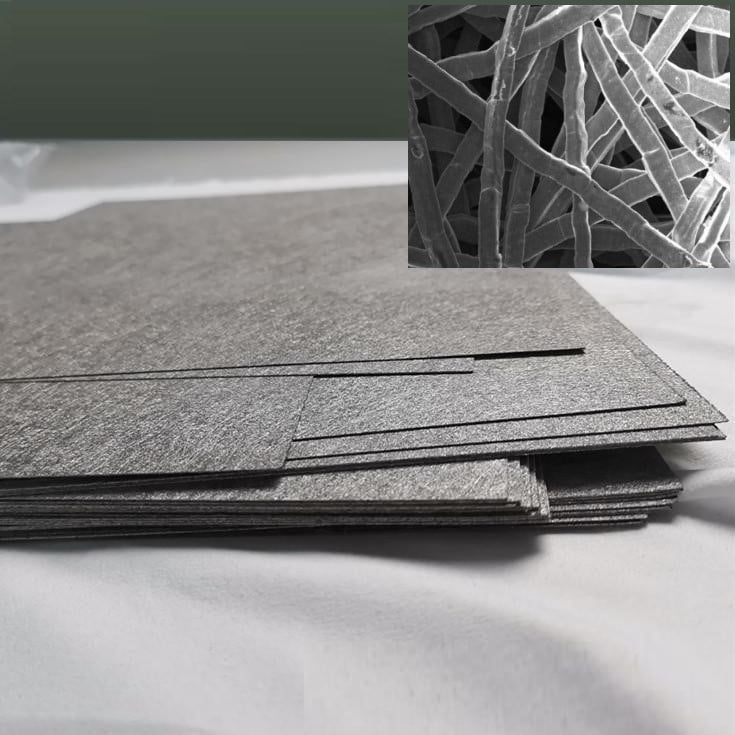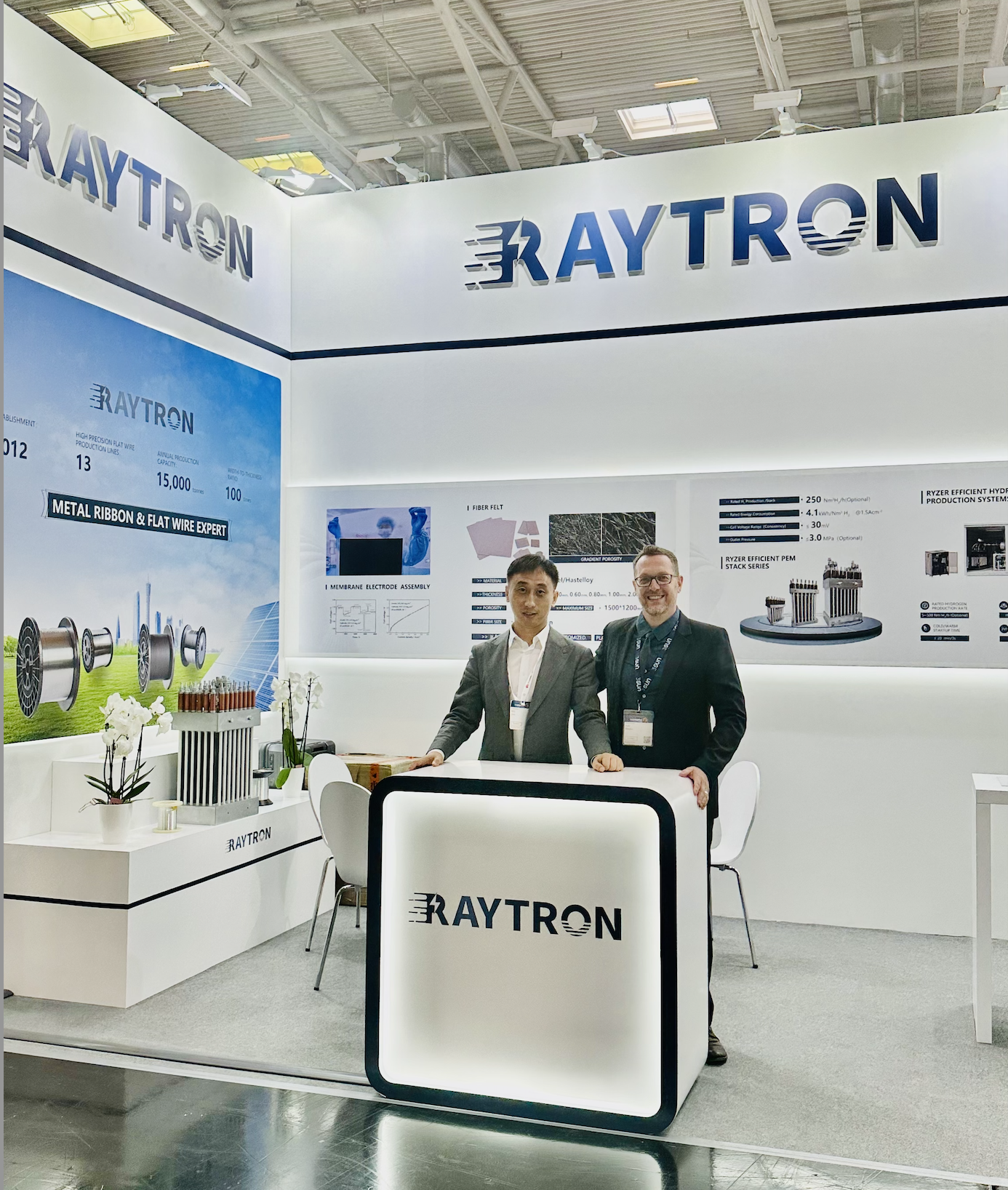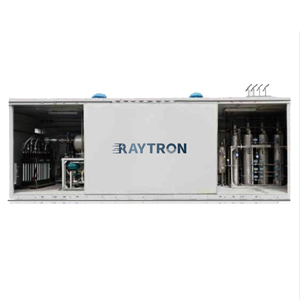Hydrogen is a clean energy carrier. It has the potential to replace fossil fuels. Hydrogen production is a key focus in the energy sector. Various methods exist for producing hydrogen. Electrolysis is one of the most promising methods. Nickel felt plays a crucial role in this process. This article explores the importance of nickel felt in hydrogen production.
1. Introduction to Hydrogen Production
Hydrogen is the most abundant element in the universe. It is not found freely in nature. It must be extracted from compounds like water. Water electrolysis is a common method for hydrogen production. It involves splitting water into hydrogen and oxygen. This process requires an efficient electrolyzer. The electrolyzer consists of several components. One of the key components is the electrode. Nickel felt is widely used as an electrode material.
2. Overview of Nickel Felt
Nickel felt is a porous material. It is made from nickel fibers. These fibers are sintered together. The result is a highly conductive and durable material. Nickel felt has a high surface area. This makes it ideal for electrochemical applications. It is also resistant to corrosion. These properties make nickel felt suitable for use in harsh environments. It is widely used in batteries, fuel cells, and electrolyzers.
3. Role of Nickel Felt in Electrolysis
Electrolysis is the process of splitting water into hydrogen and oxygen. It requires an anode and a cathode. Both electrodes are immersed in an electrolyte. When an electric current is applied, water molecules split. Hydrogen gas is produced at the cathode. Oxygen gas is produced at the anode. Nickel felt is often used as the cathode material. Its high surface area enhances the reaction rate. It also improves the efficiency of the electrolyzer.
4. Advantages of Nickel Felt in Hydrogen Production
Nickel felt offers several advantages in hydrogen production. First, it has excellent electrical conductivity. This ensures efficient electron transfer during electrolysis. Second, its high surface area increases the active sites for reactions. This leads to higher hydrogen production rates. Third, nickel felt is highly durable. It can withstand the harsh conditions of electrolysis. Fourth, it is resistant to corrosion. This extends the lifespan of the electrolyzer. Finally, nickel felt is cost-effective. It is relatively inexpensive compared to other materials.
5. Comparison with Other Electrode Materials
Several materials can be used as electrodes in electrolysis. These include platinum, graphite, and stainless steel. Platinum is highly efficient but expensive. Graphite is cheaper but less durable. Stainless steel is durable but less conductive. Nickel felt strikes a balance between cost and performance. It is more affordable than platinum. It is more durable than graphite. It is more conductive than stainless steel. This makes nickel felt a preferred choice for many applications.
6. Applications of Nickel Felt in Hydrogen Production
Nickel felt is used in various types of electrolyzers. These include alkaline electrolyzers, proton exchange membrane (PEM) electrolyzers, and solid oxide electrolyzers. In alkaline electrolyzers, nickel felt is used as the cathode. It enhances the efficiency of hydrogen production. In PEM electrolyzers, nickel felt is used as a gas diffusion layer. It improves the distribution of reactants. In solid oxide electrolyzers, nickel felt is used as a support structure. It enhances the stability of the electrolyzer.
7. Challenges in Using Nickel Felt
Despite its advantages, nickel felt has some limitations. One challenge is its susceptibility to oxidation. This can reduce its conductivity over time. Another challenge is its mechanical strength. While durable, it can degrade under extreme conditions. Researchers are working on solutions to these challenges. Coating nickel felt with protective layers is one approach. Another approach is to alloy nickel with other metals. These efforts aim to enhance the performance of nickel felt.
8. Recent Advances in Nickel Felt Technology
Recent research has focused on improving nickel felt. One area of focus is increasing its surface area. This can be achieved by modifying the fiber structure. Another area of focus is enhancing its conductivity. This can be done by incorporating conductive additives. Researchers are also exploring new manufacturing techniques. These techniques aim to produce nickel felt with better properties. These advances are expected to further boost its use in hydrogen production.
9. Environmental Impact of Nickel Felt
Nickel felt has a relatively low environmental impact. Nickel is abundant and recyclable. The production process for nickel felt is energy-efficient. It generates minimal waste. Using nickel felt in hydrogen production supports the transition to clean energy. It helps reduce greenhouse gas emissions. This makes nickel felt an environmentally friendly choice.
10. Economic Considerations
The cost of hydrogen production is a critical factor. Nickel felt contributes to cost reduction. Its durability reduces the need for frequent replacements. Its efficiency lowers energy consumption. These factors make hydrogen production more economical. As demand for hydrogen grows, the cost of nickel felt is expected to decrease. This will further enhance its economic viability.
11. Future Prospects
The future of hydrogen production looks promising. Nickel felt is expected to play a key role. Advances in technology will improve its performance. Increased production will lower its cost. This will make hydrogen production more accessible. Nickel felt will continue to be a vital component in electrolyzers. It will support the global transition to clean energy.
12. Conclusion
Nickel felt is a crucial material in hydrogen production. Its unique properties make it ideal for use in electrolyzers. It enhances the efficiency, durability, and cost-effectiveness of hydrogen production. Despite some challenges, ongoing research is addressing these issues. Nickel felt will remain a key player in the clean energy sector. Its importance in hydrogen production cannot be overstated.






